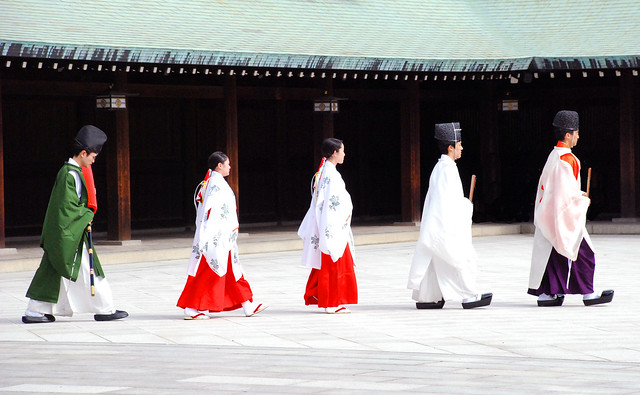I found here in Berlin, the social model of Beginenhof or Béguinage, reloaded: quoting from Wikipedia, "...a Béguinage is a collection of small buildings used by Beguines, which were several lay sisterhoods of the Roman Catholic Church, founded in the 13th century in the Low Countries, of religious women who sought to serve God without retiring from the world. A "Begijnhof" (as the Dutch name is) or Béguinage comprises a courtyard surrounded by small dwellings. It is often encircled by a wall and secluded from the town proper by one or two gates. Poor and elderly beguines were housed here by benefactors.
 |
| Leuven-Groot-Begijnhof, via Wikipedia. By Snowdog |
"Béguinages are to be found in an area roughly corresponding with present-day Northern and North-Eastern France, Belgium, the Netherlands, Western and North-Western Germany.
Their success, according to the Belgian historian Henri Pirenne, was due to a surplus of women occasioned by violence, war, military and semi-military operations, which took the lives of many men. Great numbers of women had no option but to unite and collectively secure the aid of rich benefactors.
Starting from the data depicting in Berlin 600.000 women living alone, the 74-years-old sociologist Jutta Kamper proposed in 2000 Beginenhof, a social concept hosting only gentle-sex inhabitants: eight years later (with real-estate support by Kondor Wessels, the only men in this story) this community could settle in Kreuzberg, Berlin, in a building designed by architect Barbara Brakenhoff; apartments between 55 and 105 sq.m. at 2.200 €/sq.m. were conceived to differentiate following the desires of every owner. Here women are supposed to have their own social life, and whenever they want, to participate to the many activities arranged by the community, which spans from 30 to 70-years-old residents. The main rule is that men can stay at Beginenhof only temporarily or as flatmates, and each flat has to be owned by a woman.
Would be interesting to find out how the project will develop.




